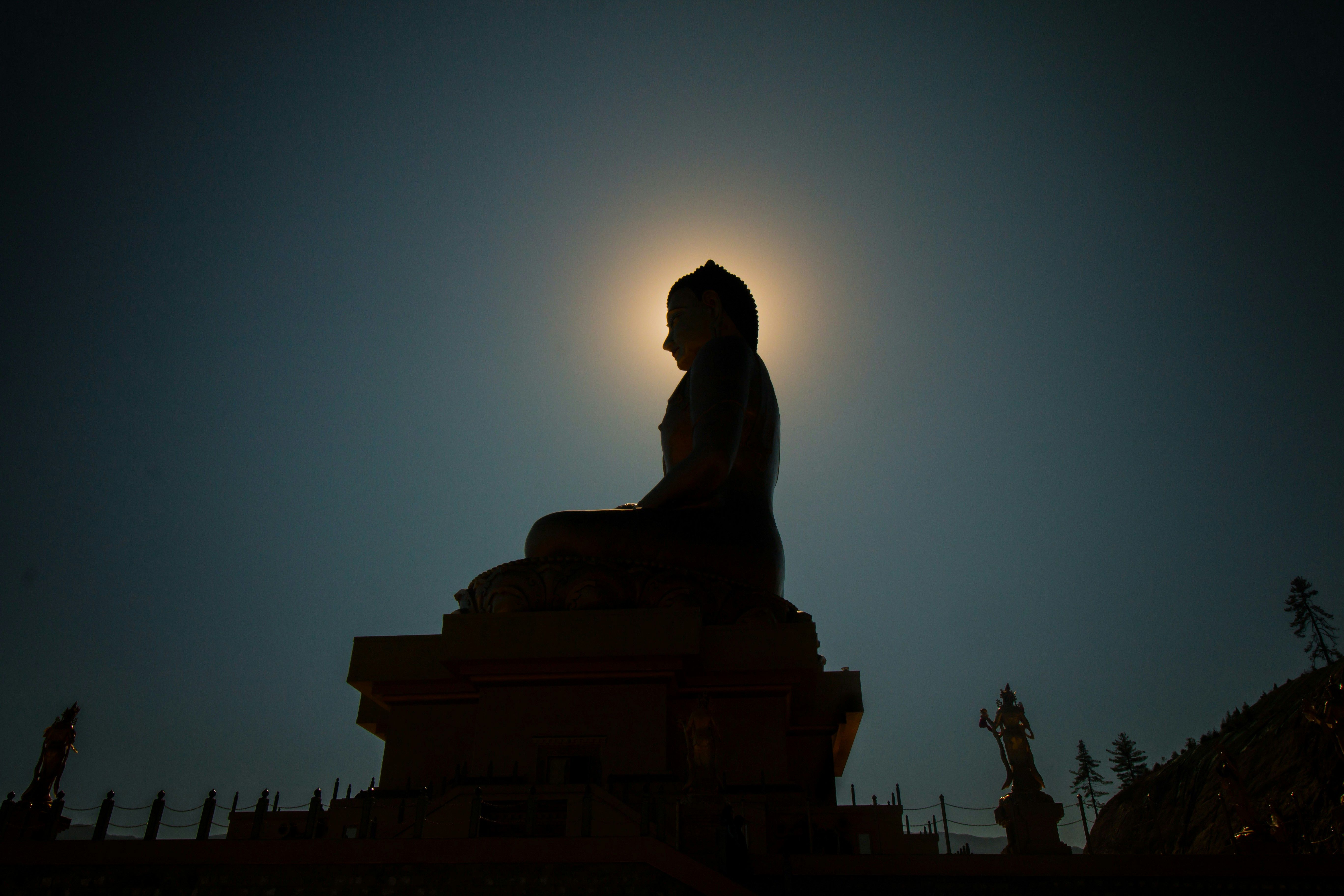From Chaos to Calm: How Buddhist Prayers Unlocks Inner Peace

Buddhism encompasses a wide range of traditions,
and the reasons for prayer and the practices associated with it can vary significantly among these traditions. However, some common elements can be found in the motivations and actions of Buddhists when they engage in prayer. These principles can apply to anyone and everyone who seeks inner peace and would like to develop practices that can ground them better in life.
Sometimes, prayer and meditation sessions are also led by the “Rinpoche”, an honorific title given to highly respected spiritual teachers in Tibetan Buddhism. Rinpoche, which means "precious one," plays a crucial role in guiding and leading the Buddhist community. In the context of prayer and religious practice, the Rinpoche can provide spiritual guidance, transmit teachings and confer blessings.
Unlocking the Essence: The Building Blocks of Buddhist Prayers
Connection with the Divine: In all Buddhist traditions, prayers are a way to connect with divine beings or Bodhisattvas who are believed to possess extraordinary compassion and wisdom. Devotional prayers are offered to these beings, seeking their blessings and guidance.
Meditative Focus: Prayer can serve as a meditative practice in itself. Many Buddhists use prayer as a means to calm the mind, develop concentration, and cultivate mindfulness. By focusing on the words, mantras, or visualizations, practitioners aim to transcend ordinary thoughts and enter a state of deep contemplation.
Generating Positive Intentions: Buddhist prayers often revolve around generating positive intentions and aspirations. Whether it's a wish for world peace, the alleviation of suffering, or the enlightenment of all beings, these intentions are considered powerful and transformative.
Chanting and Recitation: Chanting of sacred texts, mantras, or sutras is a common practice in Buddhist prayer. The rhythmic repetition of these words and phrases is believed to have a purifying and transformative effect on the mind.
Offerings and Acts of Generosity: Alongside prayers, Buddhists often make offerings as a symbolic act of generosity. These offerings can include food, water, flowers, and candles. By giving, practitioners cultivate the virtue of generosity and let go of attachments to material possessions.
Community and Sangha: Many Buddhist prayers are performed in a communal setting, fostering a sense of unity and shared purpose among practitioners. This communal aspect of prayer reinforces the importance of community and the support of fellow practitioners.
From Stress to Serenity: The Healing Power of Prayer
Regardless of where you are in your beliefs, prayer in Buddhism is a powerful tool for promoting mental wellness and psychological well-being.
Stress Reduction: Engaging in prayer, especially mindfulness-based prayer and meditation practices, has been shown to reduce stress levels. By focusing on the present moment and letting go of worries and distractions, practitioners can experience a sense of calm and relaxation, which is highly beneficial for managing stress and anxiety.
Improved Concentration: Buddhist prayers often involve repetitive chants or mantras. This repetition helps train the mind to stay focused and resist wandering thoughts. Over time, this enhanced concentration can spill over into everyday life, making it easier to concentrate on tasks and stay present in the moment.
Emotional Regulation: Through prayer, Buddhists cultivate positive emotions such as compassion, loving-kindness, and equanimity. These practices can help individuals regulate their emotional responses to challenging situations, reducing anger, frustration, and other negative emotions.
Enhanced Self-Awareness: Buddhist prayer often involves introspection and self-reflection. By contemplating one's thoughts, actions, and intentions, practitioners can gain a deeper understanding of their own minds. This increased self-awareness can lead to better emotional regulation and improved mental fitness.
Prayer and meditation practices also emphasise the mind-body connection. This recognition of the interconnectedness of mental and physical well-being can lead to a greater sense of wholeness and balance.
Enhanced Resilience: Buddhist prayers often include reflections on impermanence and the nature of suffering. This can help individuals develop a more resilient mindset, better able to cope with life's ups and downs. It can also help individuals break the cycle of rumination and negative thinking. By redirecting their attention to positive intentions and aspirations, practitioners can reduce obsessive and negative thought patterns.
Prayer as a life anchor
What prayer does for mental wellness can vary from person to person. While some individuals may experience profound effects relatively quickly, others may require consistent practice over an extended period to realise these benefits fully. Moreover, the effectiveness of prayer is often intertwined with other aspects of Buddhist practice, such as mindfulness and ethical conduct, which collectively contribute to mental well-being. As a system of practices, prayer is but one practice that works in tandem with other Buddhist teachings. The more you practise, the better you will discover how it can ground you in your life.
If you are interested to learn more about prayers, please drop by Thekchen Choling Temple at Jalan Besar or connect with us to find out how you can get started on this journey.

